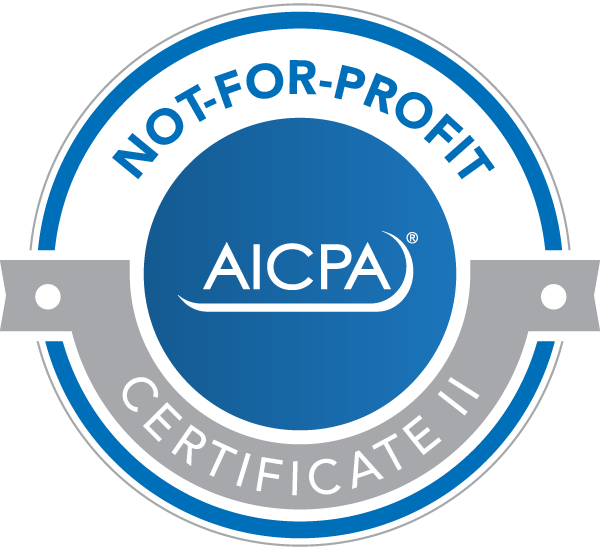If you’re charitably inclined and you collect art, appreciated artwork can make one of the best charitable gifts from a tax perspective. In general, donating appreciated property is doubly beneficial because you can both enjoy a valuable tax deduction and avoid the capital gains taxes you’d owe if you sold the property. The extra benefit from donating artwork comes from the fact that the top long-term capital gains rate for art and other “collectibles” is 28%, as opposed to 20% for most other appreciated property.

Requirements
The first thing to keep in mind if you’re considering a donation of artwork is that you must itemize deductions to deduct charitable contributions. Now that the Tax Cuts and Jobs Act has nearly doubled the standard deduction and put tighter limits on many itemized deductions (but not the charitable deduction), many taxpayers who have itemized in the past will no longer benefit from itemizing.
For 2018, the standard deduction is $12,000 for singles, $18,000 for heads of households and $24,000 for married couples filing jointly. Your total itemized deductions must exceed the applicable standard deduction for you to enjoy a tax benefit from donating artwork.
Something else to be aware of is that most artwork donations require a “qualified appraisal” by a “qualified appraiser.” IRS rules contain detailed requirements about the qualifications an appraiser must possess and the contents of an appraisal.
IRS auditors are required to refer all gifts of art valued at $20,000 or more to the IRS Art Advisory Panel. The panel’s findings are the IRS’s official position on the art’s value, so it’s critical to provide a solid appraisal to support your valuation.
Finally, note that, if you own both the work of art and the copyright to the work, you must assign the copyright to the charity to qualify for a charitable deduction.
Maximizing your deduction
The charity you choose and how the charity will use the artwork can have a significant impact on your tax deduction. Donations of artwork to a public charity, such as a museum or university with public charity status, can entitle you to deduct the artwork’s full fair market value. If you donate art to a private foundation, however, your deduction will be limited to your cost.
For your donation to a public charity to qualify for a full fair-market-value deduction, the charity’s use of the donated artwork must be related to its tax-exempt purpose. If, for example, you donate a painting to a museum for display or to a university’s art history department for use in its research, you’ll satisfy the related-use rule. But if you donate it to, say, a children’s hospital to auction off at its annual fundraising gala, you won’t satisfy the rule.
Plan carefully
Donating artwork is a great way to share enjoyment of the work with others. But to reap the maximum tax benefit, too, you must plan your gift carefully and follow all of the applicable rules. Contact us to learn more.
- Evaluate whether a Health Savings Account is beneficial to you - September 19, 2023
- Investment swings: What’s the tax impact? - September 12, 2023
- Plan now for year-end gifts with the gift tax annual exclusion - September 5, 2023
- Selling your home for a big profit? Here are the tax rules - August 29, 2023
- The tax consequences of employer-provided life insurance - August 22, 2023









